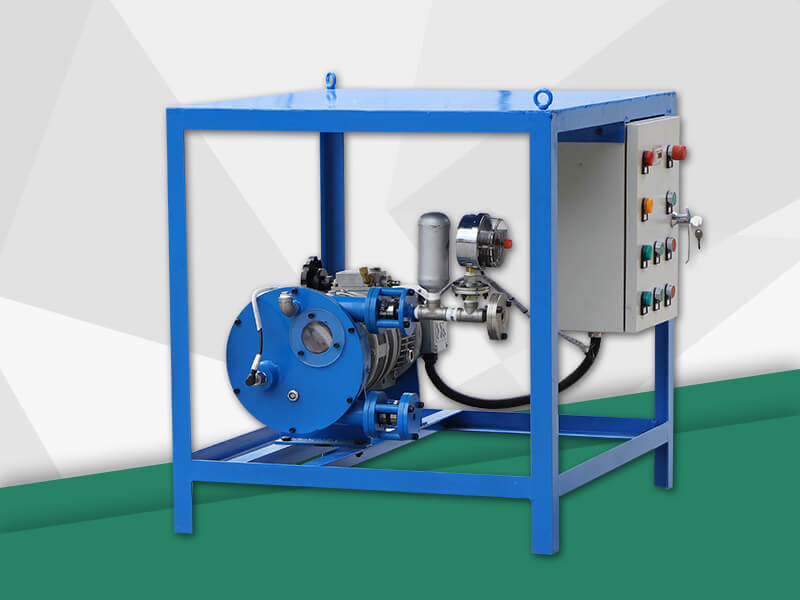Pumping concrete is not done easily. Because the mixture is viscous, abrasive and contains also sand and fiberglass most pumping principles are not able to pump this mixture.
Concrete is composed of cement and “other ingredients” such as limestone, gravel, granite, fly ash, etc. Some soft-grind components such as sand and parts of water will give you a perfect concrete structure. Concrete is a very heavy fluid. Concrete is viscous and very abrasive because of the sand and the cement elements.
After mixing the components with the water a chemical reaction occurs: “hydration”. In this way the elements bond together, creating a stone like construction material, concrete. Concrete is probably the most common used construction material in the world. The modern versions of concrete are reinforced concrete and pre-stressed concrete.
The fiberglass concrete properties can be very solid and massive (approx. 10mm long). The wall thickness of the fiberglass concrete in end products can be therefore very thin: starting with a wall thickness of only 3mm (or up). Even then this kind of concrete has sufficient strength. This concrete mixture with fiberglass is a so called reinforced concrete.
Problems that occur, when using other pumping principles are:
1. High viscosity problems (pumping with a centrifugal, screw pump or air operated diaphragm pump)
2. Abrasive problems (in fact concrete mixture is too abrasive for ALL pumping principles)
3. Non-Fluidizing problems (a gear pump would cause many floating problems)
4. Peristaltic pump for pumping concrete is a very economical and efficient solution.
5. The life time of the hose is excellent, viscosity is not a problem, the hose is competent to withstand all abrasive matters.
In this pumping process the peristaltic pump for pumping concrete doses the concrete mixture into moldings to create the concrete for an end product, such as sound screens, bottom covers of the street lighting or underground cable channels.










